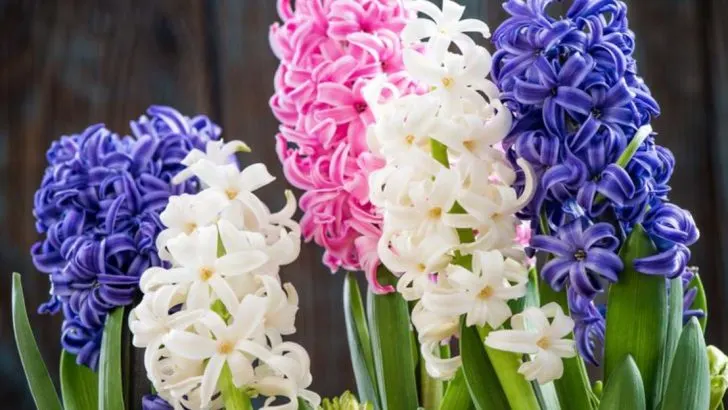Some blooms were once so common, you’d find them in every front yard, cottage border, and community garden. But over time, many of these classic flowers have faded from popularity — replaced by trendier or more low-maintenance choices. Still, these old favorites carry charm, resilience, and a rich gardening history worth reviving.
In this article, we’ll reintroduce you to 23 timeless flowers that once dominated gardens across generations. From fragrant heirlooms to wild pollinator magnets, these blooms still deserve a place in today’s landscapes — and might just become your new favorites.
Bring back the beauty that once defined a true home garden.
Holiness of Hollyhocks
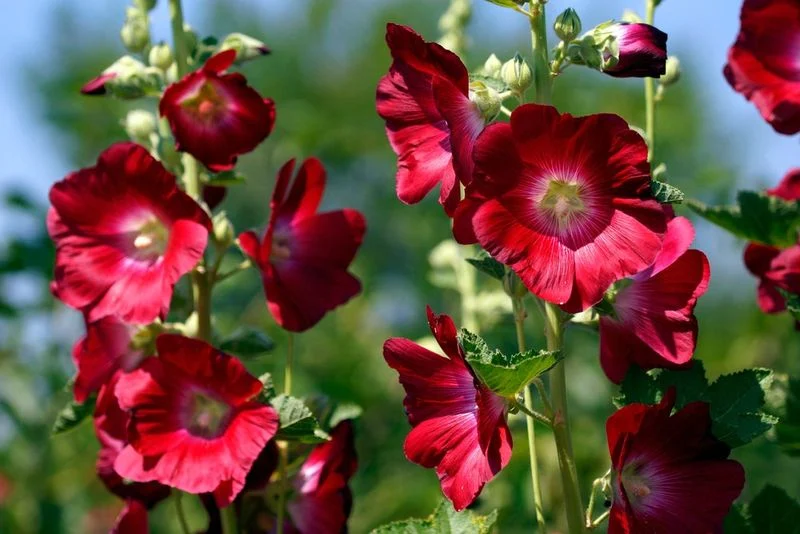
Towering above the garden like regal sentinels, hollyhocks were once the pride of cottage gardens. Their impressive height and vibrant colors made them a favorite among gardeners looking to add vertical interest. Known for their resilience, they thrive even in less-than-ideal soil conditions. With their old-world charm, hollyhocks often lined fences, creating a natural wall of blossoms. These blooms, reminiscent of bygone eras, continue to enchant those who encounter them. Did you know? Hollyhocks were used in medieval times to ward off evil spirits, showcasing their historical significance beyond mere aesthetics.
Sweet Pea Simplicity
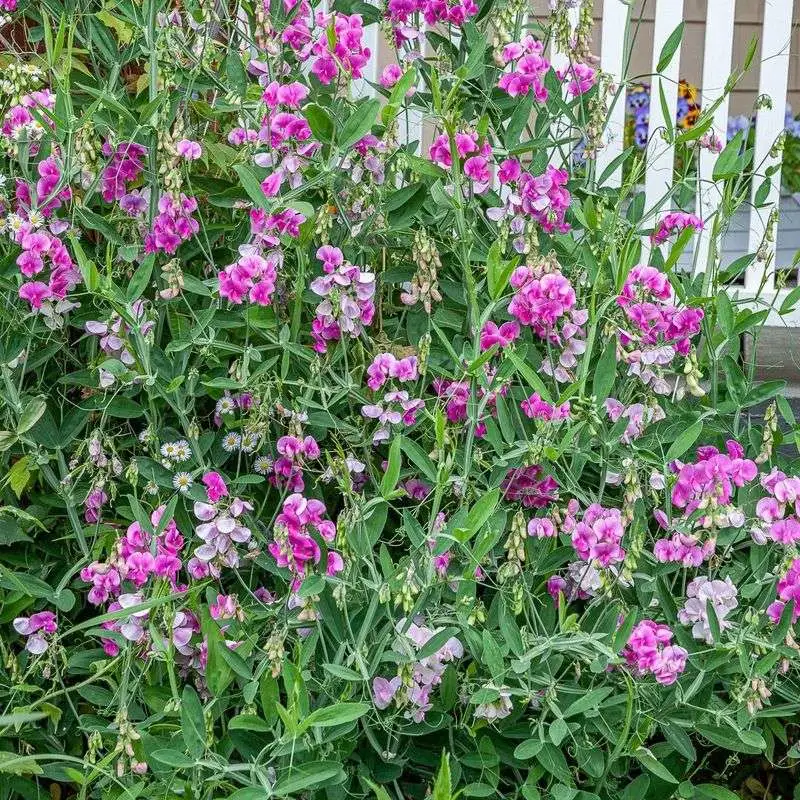
Sweet peas, with their intoxicating fragrance and soft pastel hues, were once an essential part of every garden. These climbers, with their delicate blooms, brought a touch of elegance to any setting. Gardeners adored them not just for their beauty, but also for their heavenly scent that seemed to capture the very essence of spring. They made perfect cut flowers, filling homes with their delightful aroma. A symbol of blissful pleasure, sweet peas also held a special place in Victorian floriography, conveying messages of kindness and gratitude.
Graceful Gladiolus

The gladiolus, often referred to as the “sword lily,” is known for its tall, striking spikes of flowers. Once a staple in gardens, it provided an array of colors and an imposing presence. With each bloom opening from the bottom upward, the gladiolus offered a prolonged display of beauty. Its name, derived from the Latin word for “sword,” speaks to its shape and stature. Gladioli were symbols of strength and moral integrity, making them a popular choice for bouquets and garden displays alike.
Majestic Marigolds
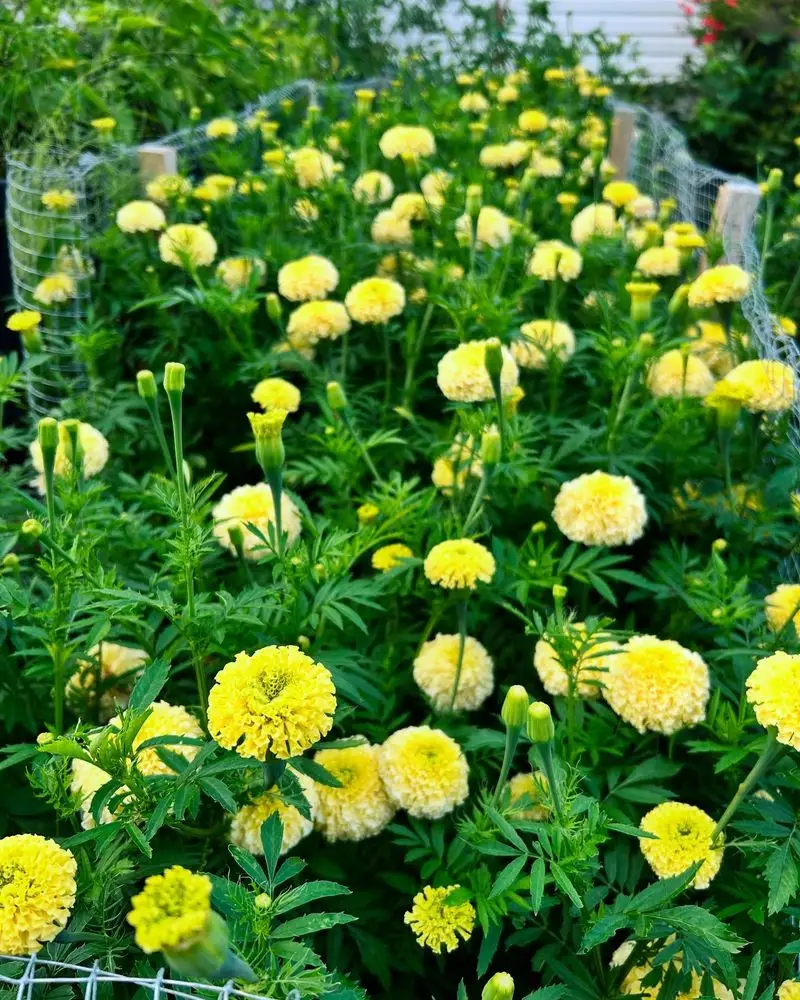
Marigolds, with their bright and cheerful blooms, were once ubiquitous in gardens everywhere. Known for their ability to repel pests, they were a gardener’s natural ally. Their vibrant hues of orange and yellow brought warmth and energy to any floral arrangement. Additionally, marigolds were often used in cultural and religious ceremonies, symbolizing the sun’s power and creativity. These resilient flowers are easy to grow and maintain, making them a favorite among novice and experienced gardeners alike.
Nostalgic Nasturtiums
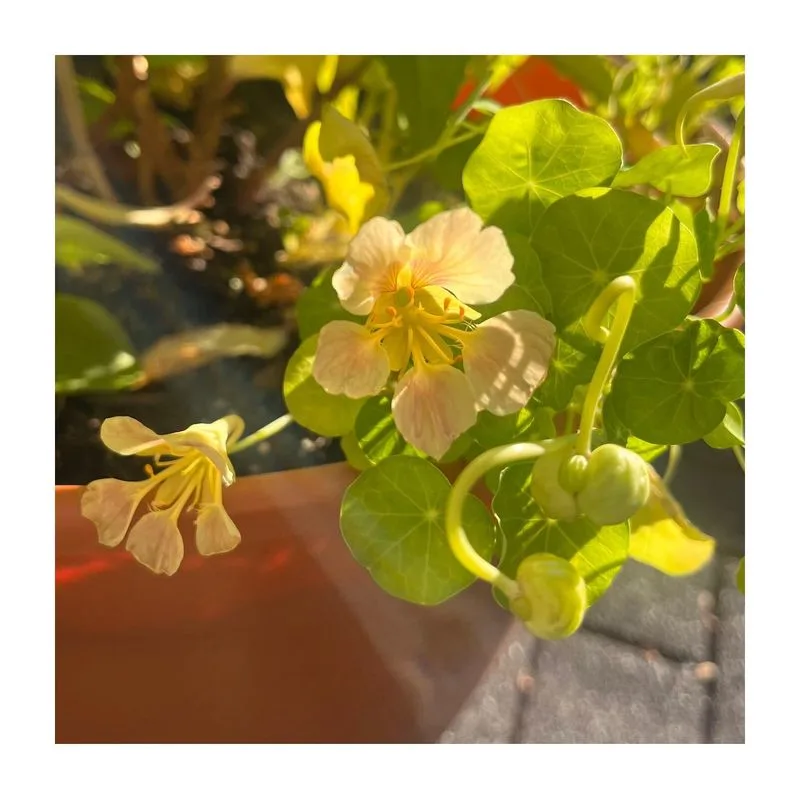
Nasturtiums, with their bright, cheerful blossoms and peppery scent, added a whimsical touch to traditional gardens. Their trailing habit made them perfect for edging paths or cascading from containers. Beyond their beauty, nasturtiums were valued for their edible leaves and flowers, which added a peppery zest to salads. Beloved by gardeners for their easy cultivation and resistance to pests, they were a staple in kitchen gardens. Their simple charm and versatility made them a favorite companion in the garden.
Charming Cosmos
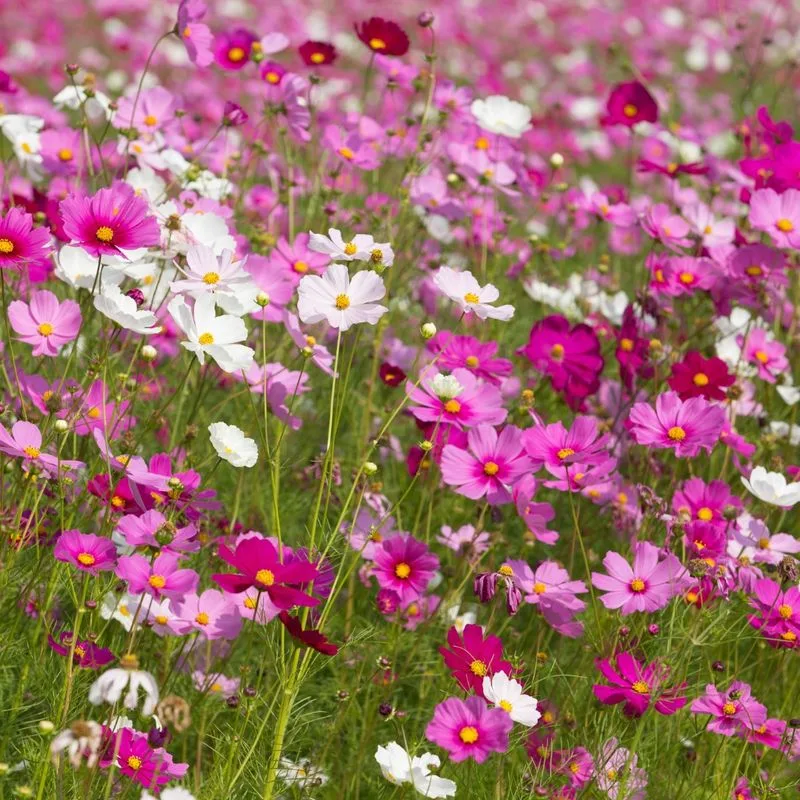
Cosmos, with their delicate, daisy-like blooms, were once a common sight in gardens. Known for their feathery foliage and soft, pastel petals, they added a touch of ethereal beauty to any landscape. Gardeners appreciated them for their ability to attract beneficial insects, including bees and butterflies. Their easy-going nature and ability to thrive in poor soil made them a beloved choice for those seeking low-maintenance beauty. Blooming all summer long, cosmos were a true testament to nature’s elegance.
Delicate Delphiniums

Delphiniums, with their towering spikes of vibrant blue and purple, were the crown jewels of formal gardens. Their stately presence brought elegance and sophistication to garden borders. However, they were not just admired for their beauty; delphiniums also held symbolic meanings of protection and encouragement. Despite their demanding care, requiring rich soil and staking, they rewarded dedicated gardeners with unmatched splendor. These blossoms, reminiscent of old-world charm, continue to captivate those who appreciate their striking appearance.
Pride of Poppies
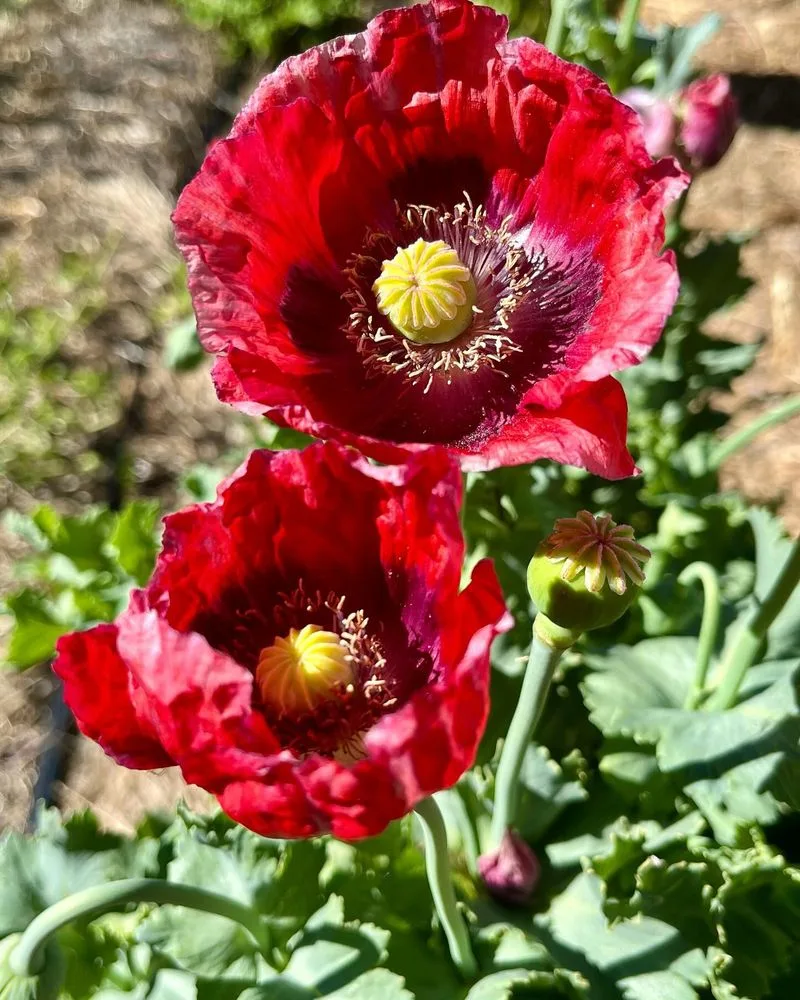
Poppies, with their delicate, papery petals, have long been symbols of remembrance and resilience. Their vibrant red blooms brought vivid color to fields and garden beds, capturing the hearts of many. Renowned for their ability to thrive in poor soil conditions, poppies became a symbol of hope and renewal. The iconic red poppy also played a significant role in history, commemorating fallen soldiers and symbolizing peace. With their rich cultural significance, poppies remain cherished symbols of beauty and remembrance.
Fragrant Freesias
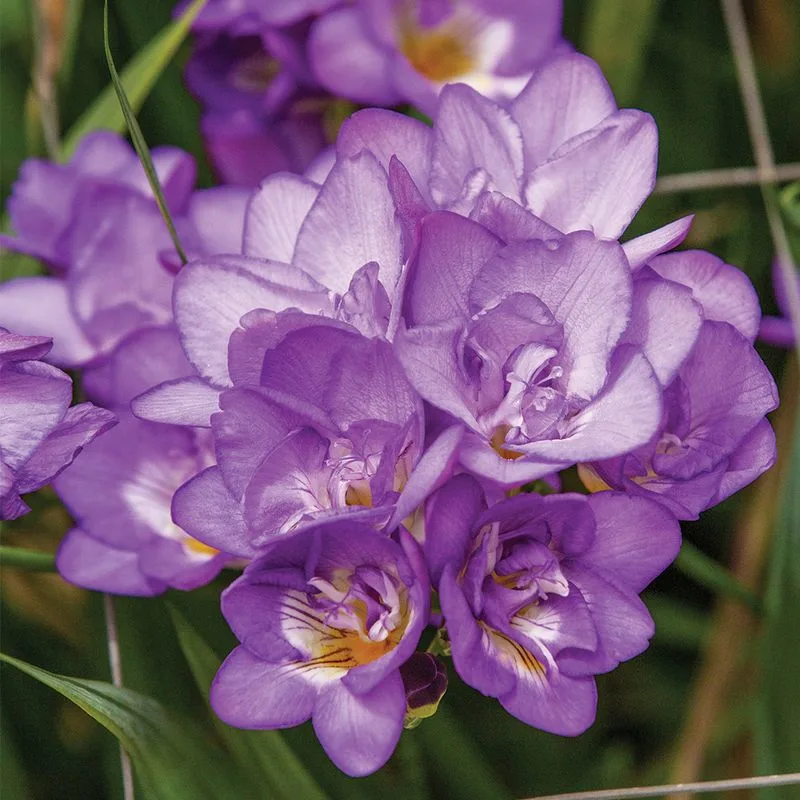
Freesias were prized for their exquisite fragrance and elegant, trumpet-shaped flowers. Originally hailing from South Africa, these charming blooms became a staple in gardens for their sweet scent. Their ability to grow in clusters made them ideal for borders and bouquets, adding a touch of elegance indoors and out. Freesias, with their rich colors, were often associated with friendship and trust. Their popularity in wedding arrangements during the Victorian era speaks to their timeless appeal.
Chic Chrysanthemums
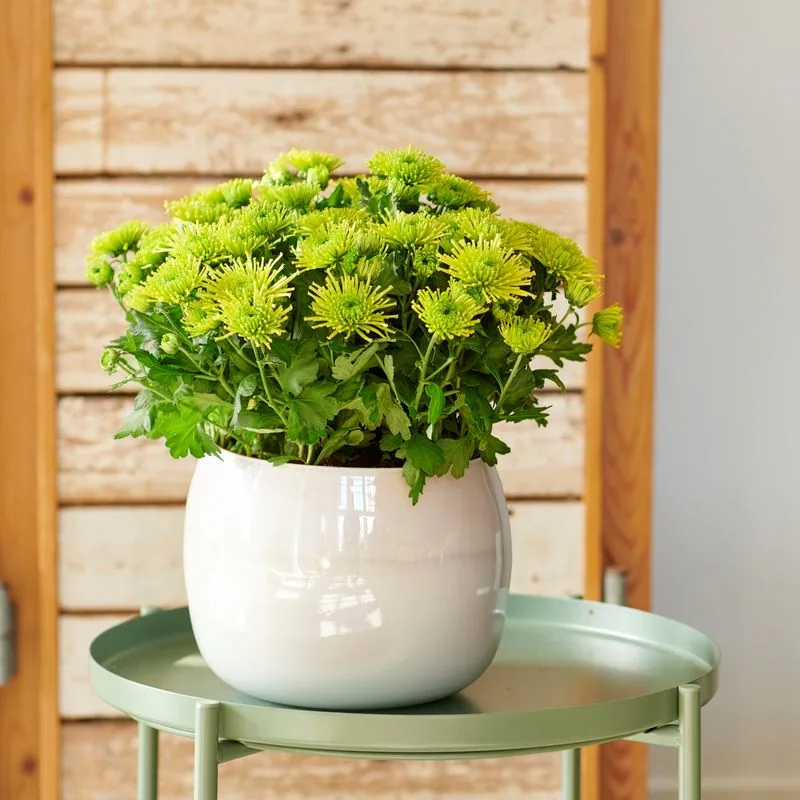
Chrysanthemums, often referred to as “mums,” were once the heralds of autumn in gardens. Known for their wide variety of colors and forms, they brought vibrant life to landscapes even as other blooms faded. Beyond their aesthetic appeal, chrysanthemums were symbols of optimism and joy in many cultures. This versatile flower thrived in different climates, making it a gardener’s favorite. Their association with festivals and celebrations further cemented their place in garden history.
Humble Hydrangeas
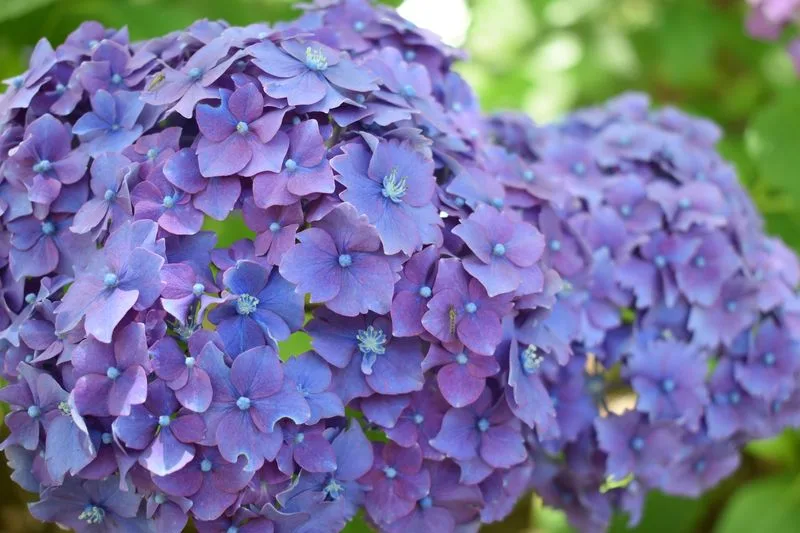
Hydrangeas, with their voluminous clusters of blooms, added a touch of romance to gardens. These flowers were celebrated for their ability to change color based on soil pH, making them a source of intrigue among gardeners. Their presence was often marked by an abundance of blooms, creating a spectacle of color and texture. Hydrangeas were popular choices for ornamental borders and cottage gardens. Their adaptability and captivating beauty made them timeless favorites.
Resilient Roses
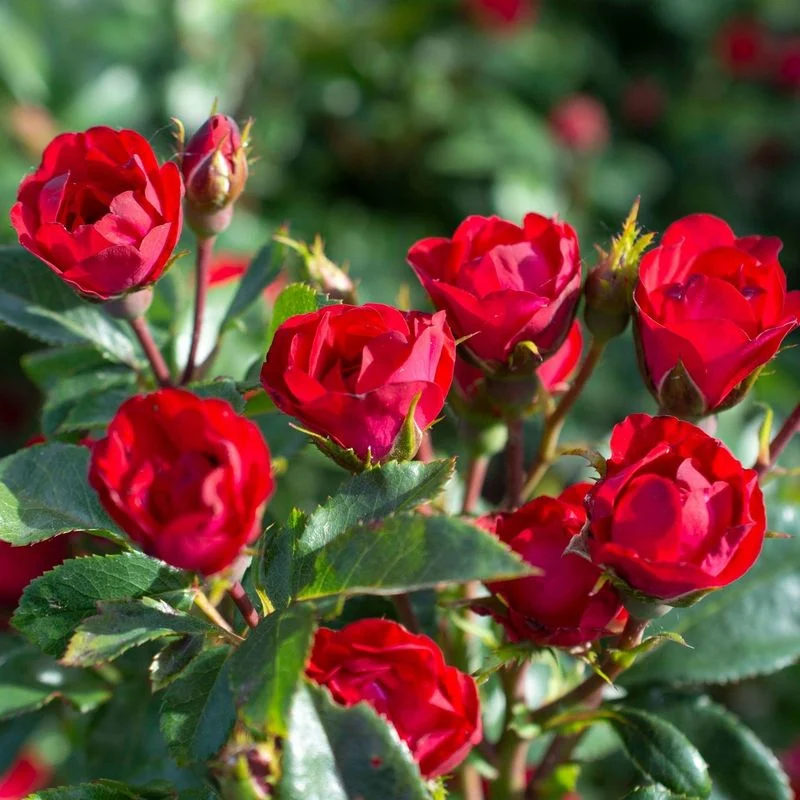
Roses, the quintessential symbol of love and beauty, were an integral part of gardens worldwide. Known for their wide range of colors and intoxicating fragrance, they became the centerpiece in many landscapes. Beyond their beauty, roses were appreciated for their resilience, thriving in various climates and conditions. Their historical significance and romantic connotations made them favorites for special occasions. Whether climbing, bushy, or miniature, roses continue to enchant gardeners with their timeless allure.
Dainty Daisies
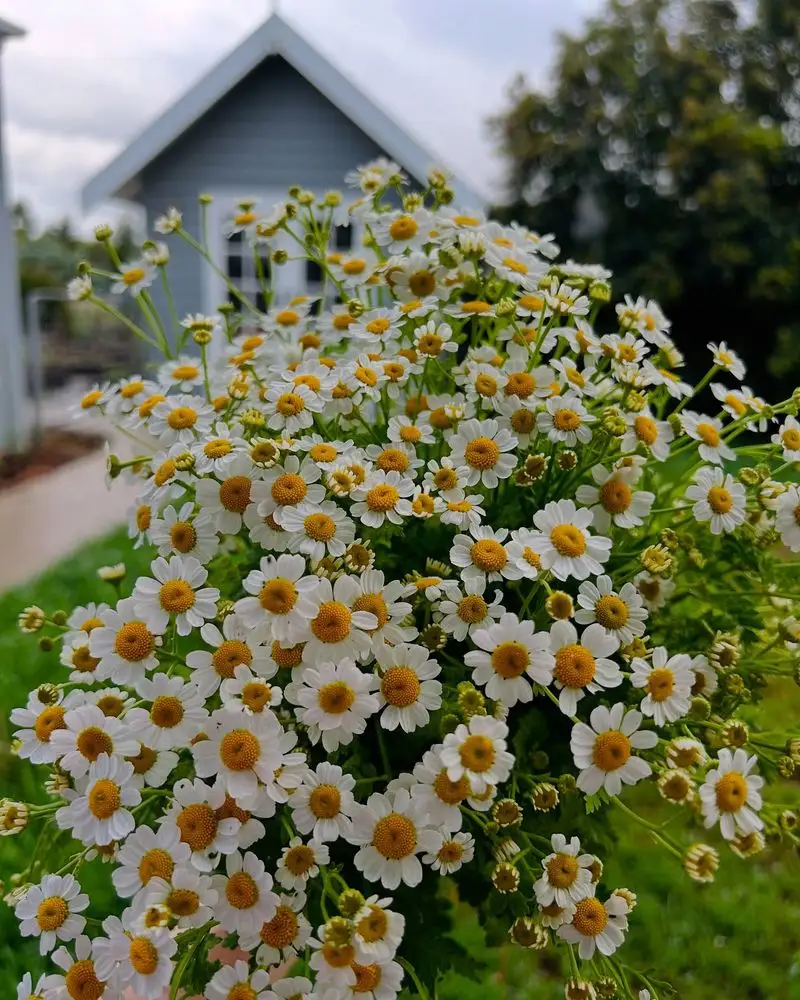
Daisies, with their simple yet cheerful appearance, were once ubiquitous in garden landscapes. Their bright white petals and sunny centers brought a sense of innocence and joy. Known for their wildflower charm, daisies were easy to grow and spread, making them a gardener’s delight. Often associated with purity and new beginnings, they held a special place in the hearts of many. These flowers, with their timeless simplicity, remain evocative of carefree summer days.
Lush Lilacs
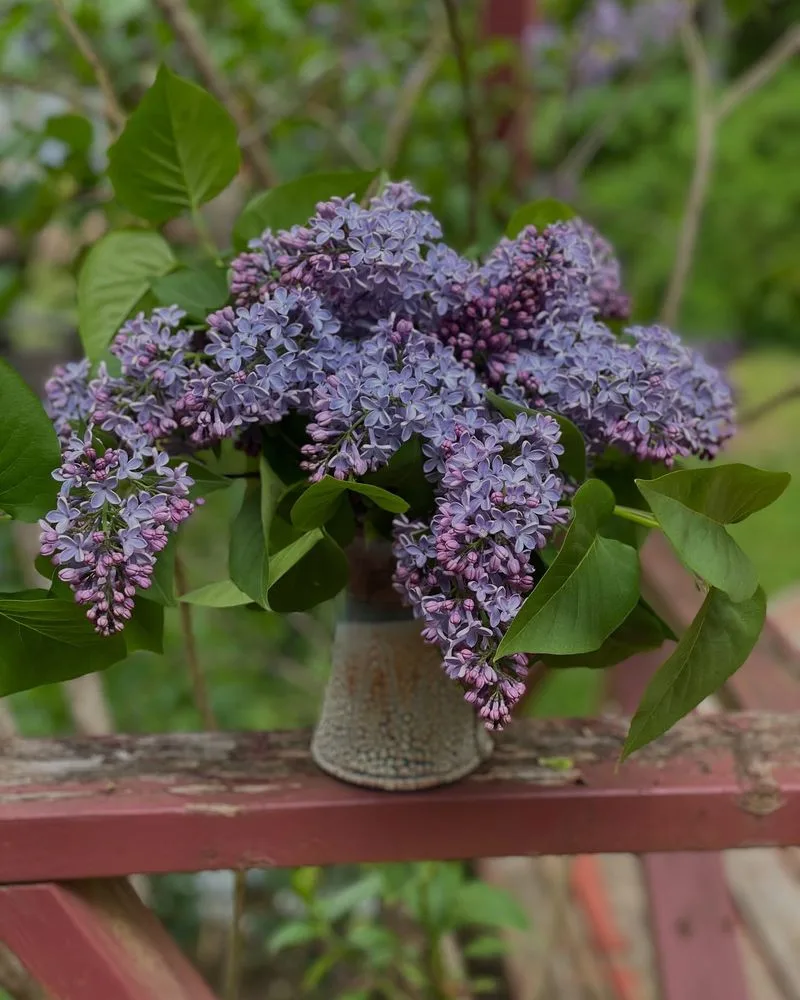
Lilacs, with their intoxicating fragrance and lush clusters of blooms, were cherished staples in gardens. Their arrival signaled the start of spring, filling the air with their sweet scent. Known for their old-fashioned charm, lilacs were often planted near homes to welcome guests with their delightful aroma. These hardy shrubs were symbols of renewal and love. Their versatility and beauty made them a favorite choice for gardeners looking to add color and fragrance to landscapes.
Vivid Violets
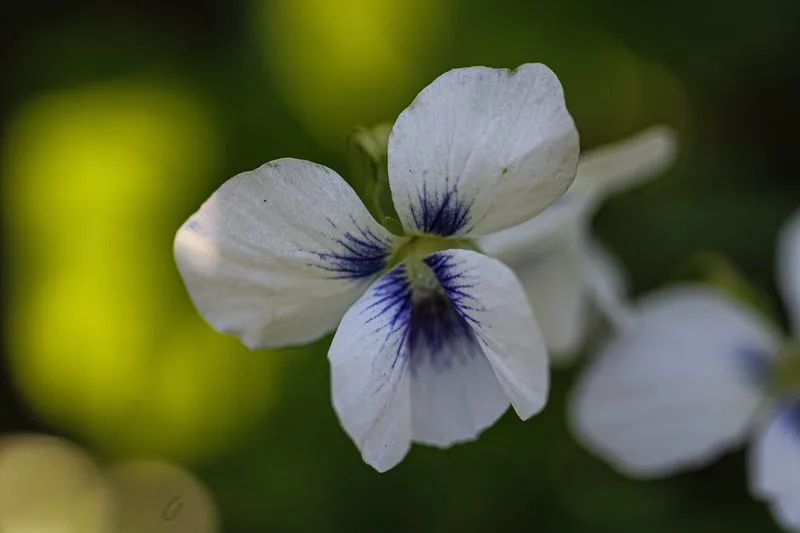
Violets, with their modest yet vibrant blooms, were garden favorites for their ground-covering ability and sweet fragrance. These low-growing plants thrived in shaded areas, adding a splash of color where other flowers might struggle. Violets were symbols of modesty and affection, often associated with love and faithfulness. In the language of flowers, giving violets expressed admiration and loyalty. Their simple beauty and adaptability made them enduring favorites in gardens past.
Quaint Queen Anne’s Lace
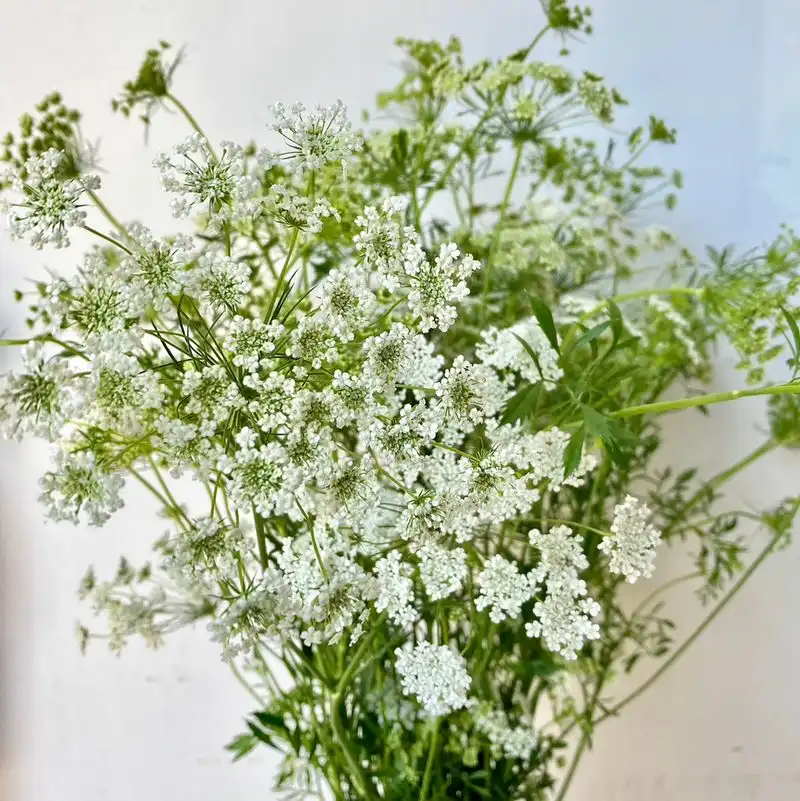
Queen Anne’s Lace, with its intricate, lacy blooms, added a touch of elegance to any garden setting. Often considered a wildflower, it was valued for its delicate beauty and ability to attract beneficial insects. This flower’s name is said to derive from its resemblance to the lacework of Queen Anne. Growing in a range of conditions, it was a favorite in cottage gardens. Its airy, ethereal quality made it a favorite for creating soft, romantic garden views.
Bountiful Bachelor’s Buttons
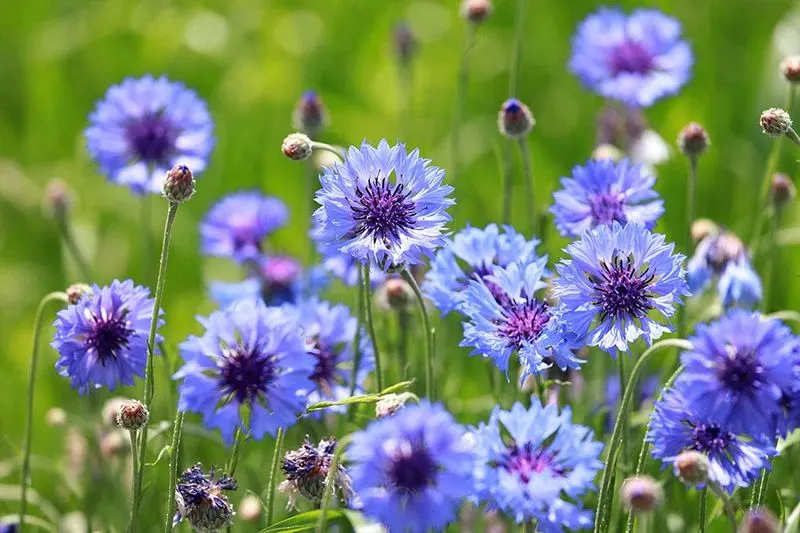
Bachelor’s Buttons, also known as cornflowers, were cherished for their vibrant blue blooms and easy cultivation. Often found in meadows and informal gardens, they added a wild, carefree element to landscapes. These flowers were symbols of delicacy and single-blessedness, often worn by young men in love. Their hardy nature allowed them to thrive in a variety of conditions, making them a gardener’s reliable friend. The simplicity and charm of Bachelor’s Buttons continue to endear them to garden enthusiasts.
Regal Rhododendrons
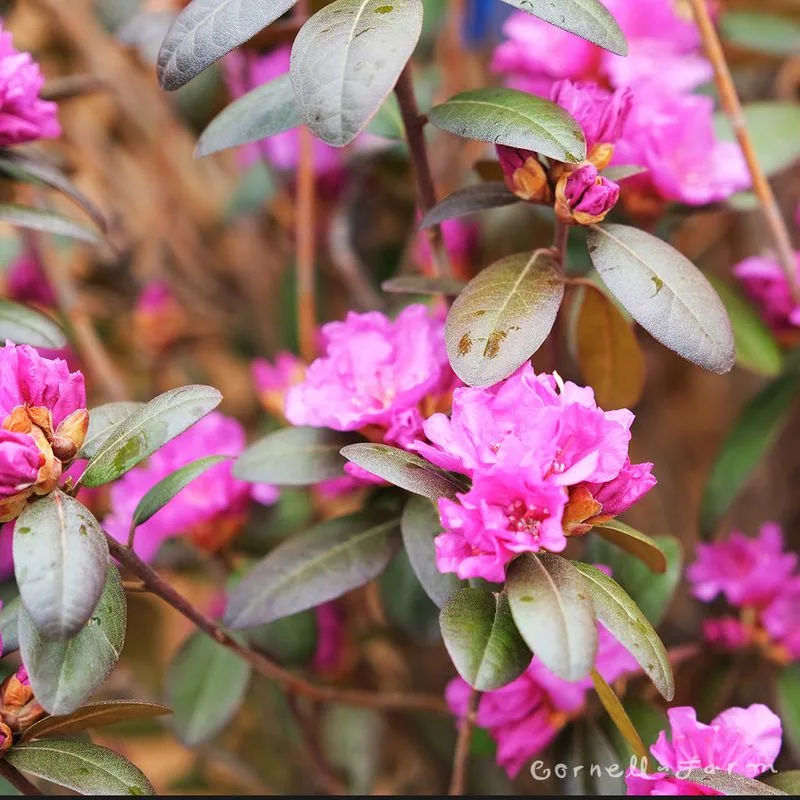
Rhododendrons, with their large, showy blooms and glossy leaves, were the pride of many gardens. Known for their dramatic presence, they created stunning displays in spring and early summer. These shrubs, often associated with grandeur and elegance, thrived in a variety of climates. Rhododendrons were symbols of caution and danger in flower language, adding an air of mystery to their allure. Gardeners valued them for their ability to create bold, colorful backdrops in landscapes.
Jovial Jonquils
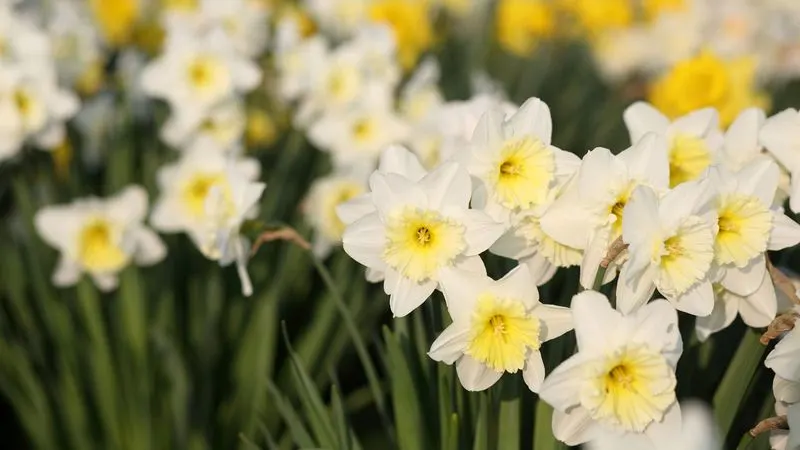
Jonquils, a variety of daffodil, were beloved for their sunny, cheerful blooms and sweet scent. These early spring flowers heralded the end of winter, filling gardens with warmth and joy. Known for their hardiness, jonquils were easy to grow and often multiplied rapidly, ensuring a vibrant display year after year. They symbolized friendship and domestic bliss, making them popular choices for home gardens. Their ability to thrive in different environments made them accessible to gardeners everywhere.
Tender Tulips
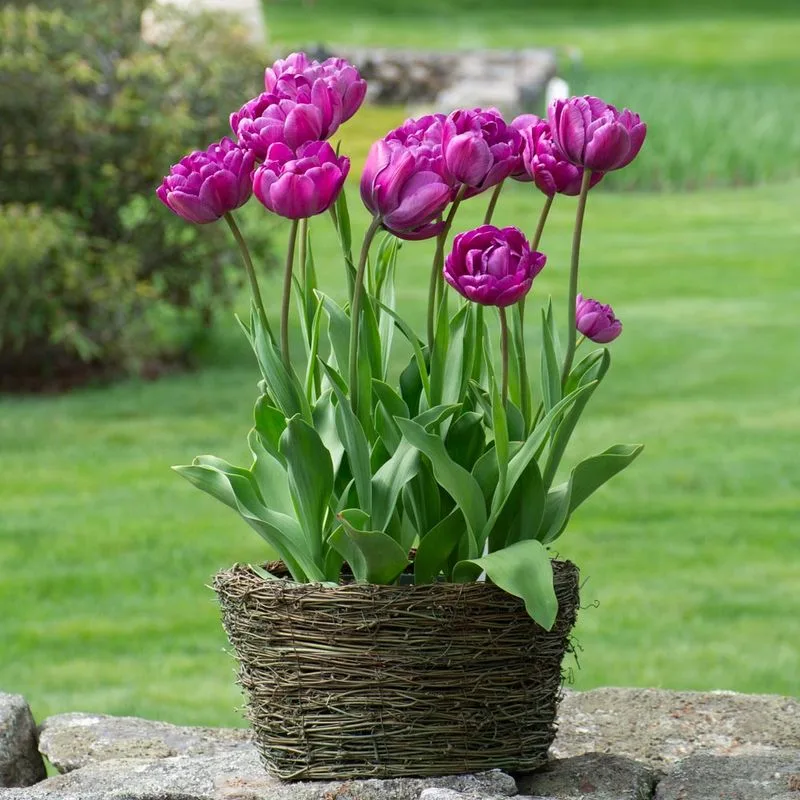
Tulips, with their bold, cup-shaped flowers, were once symbols of wealth and prosperity. Their popularity soared during the ‘Tulip Mania’ in the 17th century, making them prized possessions. Known for their striking colors and varied forms, tulips added elegance to gardens in spring. These flowers, with their smooth petals and straight stems, stood as icons of grace and beauty. Easy to grow and adaptable, tulips became staples in gardens worldwide, cherished for their vibrant presence.
Happy Hyacinths
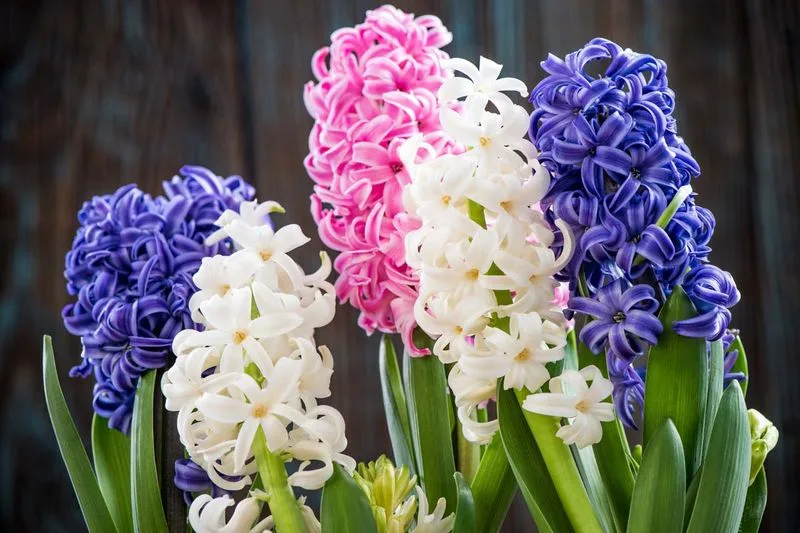
Hyacinths, known for their intense fragrance and dense spikes of flowers, were springtime favorites. Their stunning array of colors, from deep blues to soft pinks, brought vibrancy to gardens as they awoke from winter’s slumber. Hyacinths were symbols of rebirth and playfulness, making them popular choices for celebratory bouquets. These bulbs were easy to grow, rewarding gardeners with a burst of color and scent each year. Their compact form and delightful aroma ensured their lasting appeal.

